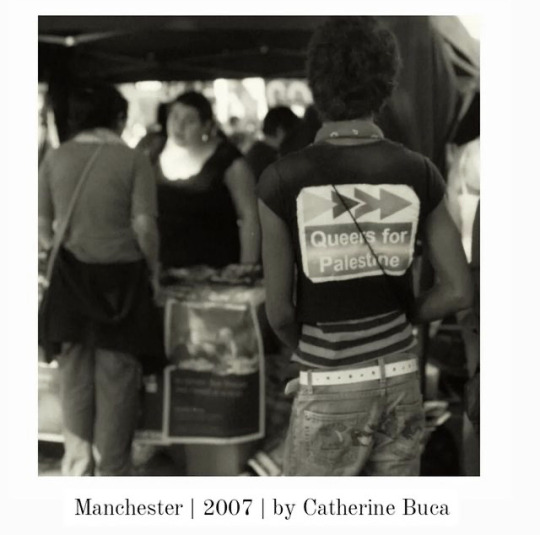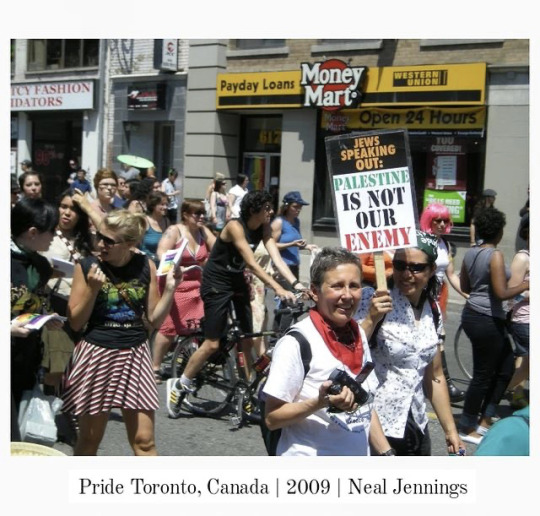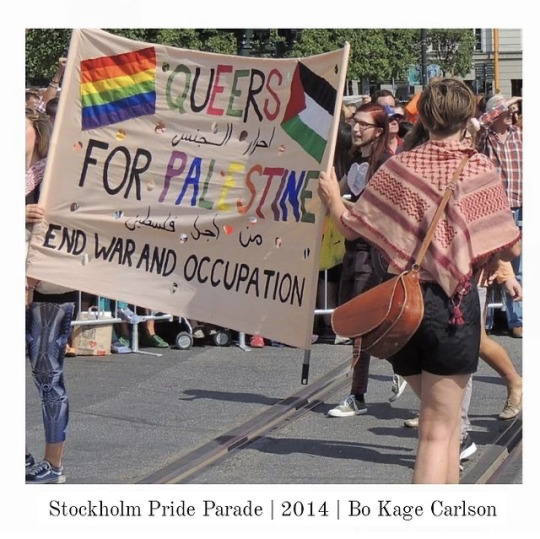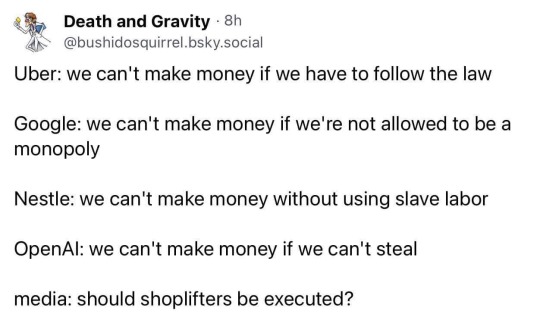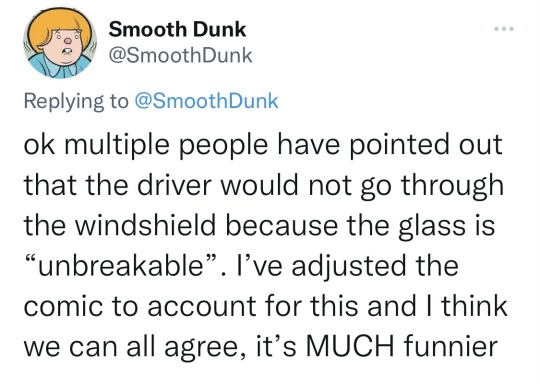Text
Since the 1960s, the world has seen a spike in the number of natural disasters, largely due to rising sea levels and an ever gradually increasing global surface temperature.
The good news? We’re getting better at helping each other when disasters strike.
According to a recent study from Our World In Data, the global toll from natural disasters has dramatically dropped in the last century.
“Low-frequency, high-impact events such as earthquakes and tsunamis are not preventable, but such high losses of human life are,” wrote lead authors Hannah Ritchie and Pablo Rosado.
To conduct their research, Ritchie and Rosado gathered data from all geophysical, meteorological, and climate-related disasters since 1900. That includes earthquakes, volcanic activity, landslides, drought, wildfires, severe storms, and mass floods.
In the early-to-mid 20th century, the average annual death toll from disasters was very high, often climbing to over a million.
For example, the study cites that in 1931, 2.7 million people died from the Yangtze–Huai River floods. In 1943, 1.9 million died from the Bangladeshi famine of 1943. Even low-frequency events had extreme death tolls.
“In recent decades we have seen a substantial decline in deaths,” Ritchie and Rosado observed. “Even in peak years with high-impact events, the death toll has not exceeded 500,000 since the mid-1960s.”
Why has the global death toll from disasters dropped?
There are a number of factors at play in the improvement of disaster aid, but the leading component is that human beings are getting better at predicting and preparing for natural disasters.
“We know from historical data that the world has seen a significant reduction in disaster deaths through earlier prediction, more resilient infrastructure, emergency preparedness, and response systems,” Ritchie and Rosado explained in their study.
On April 6, [2024],a 7.2 magnitude earthquake rocked the city of Hualien in Taiwan. Days later, as search and rescue continues, the death toll currently rests at 16.
Experts have praised Taiwan for their speedy response and recovery, and attributed the low death toll to the measures that Taiwan implemented after an earthquake of similar strength hit the city 25 years earlier. Sadly, on that day in 1999, 2,400 people died and 11,000 were injured.
In an interview with Al Jazeera, Wang Yu — assistant professor at National Taiwan University — said that event, known as the Chi-Chi earthquake, revolutionized the way Taiwan approached natural disasters.
“There were lots of lessons we learned, including the improvement of building codes, understanding earthquake warning signs, the development and implementation of earthquake early warning (EEW) systems and earthquake education,” said Wang.
Those same sensors and monitoring systems allowed authorities to create “shakemaps” during Hualien’s latest earthquake, which helped them direct rescue teams to the regions that were hit the hardest.
This, in conjunction with stronger building codes, regular earthquake drills, and public education campaigns, played a huge role in reducing the number of deaths from the event.
And Taiwan’s safeguards on April 6 are just one example of recent measures against disasters. Similar models in strengthening prediction, preparedness, and recovery time have been employed around the world when it comes to rescuing victims of floods, wildfires, tornados, and so on.
What else can we learn from this study?
When concluding the findings from their study, Ritchie and Rosado emphasized the importance of increasing safety measures for everyone.
Currently, there is still a divide between populations with high gross national income and populations living in extreme poverty.
Even low-income countries that infrequently have natural disasters have a much higher death rate because they are vulnerable to collapse, displacement, and disrepair.
“Those at low incomes are often the most vulnerable to disaster events; improving living standards, infrastructure, and response systems in these regions will be key to preventing deaths from natural disasters in the coming decades,” surmised Ritchie and Rosado.
“Overall development, poverty alleviation, and knowledge-sharing of how to increase resilience to natural disasters will therefore be key to reducing the toll of disasters in the decades to come."
-via GoodGoodGood, April 11, 2024
308 notes
·
View notes
Text
"[...] The articles [on infertility and baby fever] didn’t increase the birthrate, [but] they did increase women’s anxiety and guilt. “You can’t pick up a magazine without reading about another would-be-mom with a fertility problem that might have been less complicated if she had just started at an earlier age,” a young woman wrote in an op-ed essay in the New York Times, entitled “Motherhood’s Better Before Thirty.” She was upset, but not with the media for terrorizing women. She was mad at the older women who seemed to think it was safe to wait. “I believe it is my birthright to follow a more biologically sound reproductive schedule,” she sniffed, sounding suspiciously MBA-ish under those maternity clothes.
Simply being able to recognize the media onslaught put that young writer ahead of a lot of other women readers who, wondering why they suddenly felt desperate, unworthy, and shameful for failing to reproduce on the media’s schedule, decided the signals were coming exclusively from their bodies, not their newspapers. “I wasn’t even thinking about having a child, and suddenly, when I was about thirty-four, it gripped me like a claw,” a woman confided in Vogue. “It was as if I had nothing to do with it, and these raging hormones were saying, ‘Do what you are supposed to do, which is reproduce.’ It was a physical feeling more than a mental feeling.”
In the end, this would be the press’s greatest contribution to the backlash: not only dictating to women how they should feel, but persuading them that the voice barking orders was only their uterus talking."
-Backlash, Susan Faludi
13 notes
·
View notes
Text
"By the mid-’70s, the media and advertisers had settled on a line that served to neutralize and commercialize feminism at the same time. Women, the mass media seemed to have decided, were now equal and no longer seeking new rights—just new lifestyles. Women wanted self-gratification, not self-determination—the sort of fulfillment best serviced at a shopping mall. Soon periodicals and, of course, their ad pages, were bristling with images of “liberated single girls” stocking up on designer swimsuits for their Club Med vacations, perky MBA “Superwomen” flashing credit cards at the slightest provocation. “She’s Free. She’s Career. She’s Confident,” a Tandem jewelry ad enthused, in an advertorial tribute to the gilded Tandem girl. Hanes issued its “latest liberating product”—a new variety of pantyhose—and hired a former NOW officer to peddle it. The subsequent fashion show, entitled “From Revolution to Revolution: The Undercover Story,” merited feature treatment in the New York Times. SUCCESS! was the stock headline on magazine articles about women’s status—as if all barriers to women’s opportunity had suddenly been swept aside. UP THE LADDER, FINALLY! Business Week proclaimed, in a 1975 special issue on “the Corporate Woman”— illustrated with a lone General Electric female vice president enthroned in her executive chair, her arms raised in triumph. “More women than ever are within striking distance of the top,” the magazine asserted—though, it admitted, it had “no hard facts” to substantiate that claim.
The media’s pseudofeminist cheerleading stopped suddenly in the
early ’80s—and the press soon struck up a dirge. Feminism is “dead,” the banner headlines announced, all over again. “The women’s movement is over,” began a cover story in the New York Times Magazine. In case readers missed that issue, the magazine soon ran a second obituary, in which Ivy League students recanted their support for the women’s movement and assured readers that they were “not feminists” because those were just women who “let
themselves go physically” and had “no sense of style.”
This time around, the media did more than order up a quiet burial for the feminist corpse. They went on a rampage, smashing their own commercial icons of “liberated” womanhood, tearing down the slick portraits that they themselves had mounted. Like graffiti artists, they defaced the two favorite poster girls of the ’70s press—spray-painting a downturned mouth and shriveled ovaries on the Single Girl, and adding a wrinkled brow and ulcerated stomach to the Superwoman.
[...]
Most important, the press was the first to set forth and solve for a mainstream audience the paradox in women’s lives, the paradox that would become so central to the backlash: women have achieved so much yet feel so dissatisfied; it must be feminism’s achievements, not society’s resistance to these partial achievements, that is causing women all this pain. In the ’70s, the press had held up its own glossy picture of a successful woman and said, “See, she’s happy. That must be because she’s liberated.” Now, under the reverse logic of the backlash, the press airbrushed a frown into its picture of the successful woman and announced, “See, she’s miserable. That must be because women are too liberated.”" -Backlash, Susan Faludi
4 notes
·
View notes
Text
Thing is, I'm not just anti-fatphobia as in "I don't want people to be mean to fat people"
I am pro fat liberation as in "I want to dismantle the systemic biases against fat people and the diet culture and medical industrial complex that feeds into the very real systemic oppression that fat people face"
I don't see fatphobia as a mere interpersonal issue where if you are being nice to fat people or saying things in a polite way to them you're automatically free of fatphobia. I see it as essential to challenge every bit of diet culture myth that we might encounter and break the unscientific ideas of "health" as defines by weight, fat, calories, bmi, and other nonsense. I see it as essential to view fatphobia as the political issue it is and take it seriously as such, and to unlearn and help others unlearn oppressive baseless ideas we have assumed to be true and natural.
2K notes
·
View notes
Text

Decoding PR Talk (IGN64.com The Magazine #1, 1998)
7K notes
·
View notes
Text
*Sees a thoroughly rusted Cybertruck abandoned by the side of the road*
Me: "Wow, how far in the future did we go?"
My time-traveller friend: "About two weeks."
7K notes
·
View notes
Text
Every time I like or reblog a post, I leave a little bit of man residue on it
Every time I reply or add commentary to a reblog, that’s five times as much man residue
Me following your blog means your whole blog has man residue
I’m spreading it everywhere
98K notes
·
View notes
Text
tumblr is wild because you’ll see a post that’s vagueing about another popular post and go like huh yeah you’re right. but then you finally see the post that post was talking about and it’s just literally not what the person talking about it claimed it was
11K notes
·
View notes
Text
Tumblr: Only neurotypical people do X. Neurodivergent people never do X. It's literally never necessary to do X, and if you do, you are by definition acting out of malice.
Neurodivergent person whose neurodivergence primarily expresses itself as X:

13K notes
·
View notes
Text
Got reblogged by Seanan McGuire again; can safely assume my notes will be a nightmare of people accusing me of being a lazy, incompetent, distracted, inhumane doctor, assuming they notice I’m a doctor. May take a week off.
People will simultaneously describe all the elements of the current US medical system that lead to burnout in service of making the very few shareholders very rich, and then pretend that doctors aren’t also profoundly negatively affected by it, and then decide the system is also actually our fault.
409 notes
·
View notes
Text
when ppl are like “they better not get a redemption arc” about a villain… it’s like oh no, yes it would be so so terrible if someone realized the consequences of their actions and took steps to make amends for them 🙄
316 notes
·
View notes
